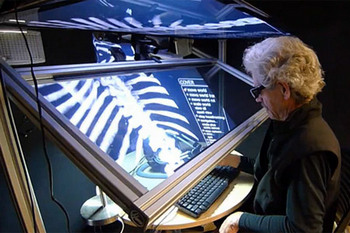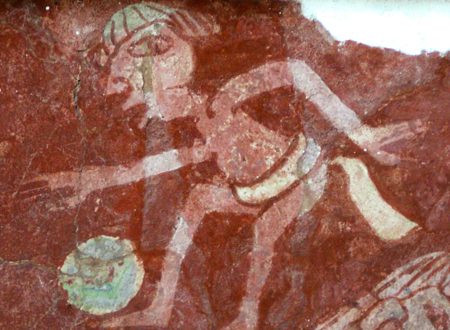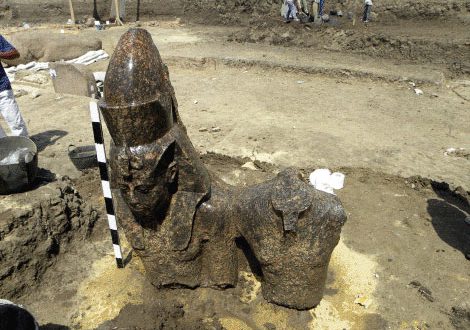 When visiting King Tutankhamun’s tomb – or its virtual counterpart King Tut Virtual – did you ever notice the strange brown spotson the wall paintings? They definitely were
When visiting King Tutankhamun’s tomb – or its virtual counterpart King Tut Virtual – did you ever notice the strange brown spotson the wall paintings? They definitely were not there when Howard Carter discovered KV62 in 1922, and nobody knows what is causing them, not even Dr. Zahi Hawass: “I always see the tomb of King Tut and wonder about those spots, which no scientist has been able to explain.” Now the Getty Conservation Institute – specialised in conservation techniques for art and inparticular forancient sites – in cooperation with the SCA will start a five-year conservation project to determine what is causing this damage to the ancient wall paintings.
The Getty Conservation Institute has a longstanding history in Egypt; they were part of the international team working on the conservation of the wall paintings in the tomb of Queen Nefertari, supplied oxygen-free display and storage cases for the royal mummies in the Egyptian Museum and and were involved in the site-management plan for the Valley of the Queens.
“Now I am happy that the Getty will look at the tomb and preserve its beautiful scenes. King Tut has magic that we must conserve for future generations,” Dr. Hawass stated.During these five years the GCIwill be ‘looking at the tomb’, they plan todiscover the cause of the ‘brown stains’ after which they will restore and cleanthe walls of Pharaoh Tutankhamun’stomb.It’s not yet known for how long Tut’s tomb will be closed – although with recent reports about a ‘replica Valley of the Kings’, one would dare guess that this could be a verylong time – but it is thought the GCIwill need at least two years to research the causes of deterioration. The restoration period is estimated to be three years. But don’t worry, we’ll keep King Tut Virtual includingthe virtual reconstructionKV62’s walls – including paintings, of course -open for you to visit (and zoom in on the brown spots) in the mean while! 😉



